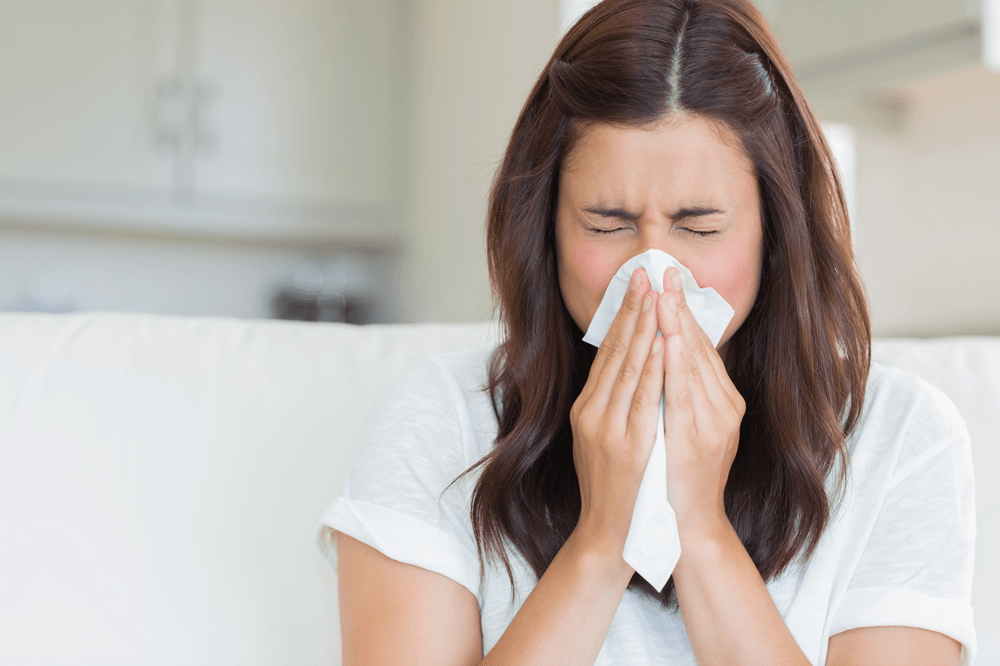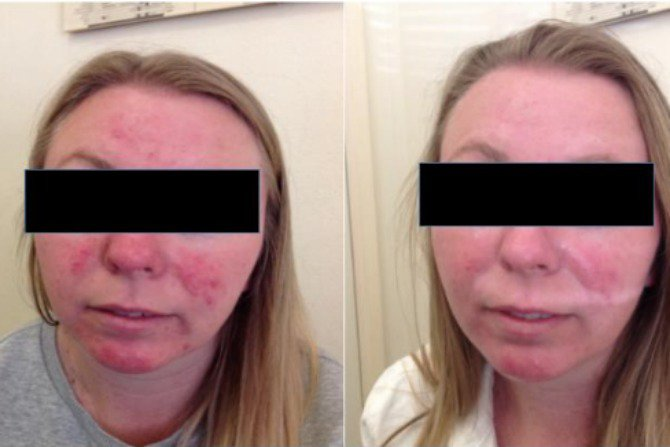Dust Mites

Cooler weather means it’s time to haul out all your warm, woollen blankets from the cupboards they’ve been stored in since last winter. Along with these blankets however, comes dust mites. Dust mites can wreak havoc on your skin and make the cosiest time of the year itchy and uncomfortable. We’ve compiled all you need to know about these pests to help you get through the colder months without discomfort.
What is a dust mite?
Dust mites are microscopic relatives of spiders that feast on the skin shed by people and animals (did you know that roughly 70 to 80% of house dust is us?). Areas that are used the most such as beds, blankets, and upholstered furniture contain the most dust which leads to a higher concentration of dust mites. The mite has been linked to dermatological and respiratory allergies such as eczema and asthma. Below are some symptoms you may experience if you’ve been exposed to dust mites.
Symptoms of a dust mite allergy
Signs that you may be having an allergic reaction to dust mites include;
- Wheezing
- Coughing
- Breathlessness
- Tightness in the chest
- Sneezing
- Irritated eyes or nose
- Scratchy throat
- Skin rashes
An allergic reaction to dust mites may also trigger or worsen eczema and asthma symptoms.
How to avoid dust mites
No matter how clean your house is, it is still possible you may be harbouring dust mites. Here are some steps you can take to reduce the amount present in your home.
- Use a dehumidifier to maintain relative humidity at 50% or below. Dust mites thrive in humid conditions so reducing the humidity will help to eliminate them.
- Cover your mattress and pillows in a mite-resistant cover, ensuring that you wash the covers every two months (you may be able to claim these through your health fund).
- Wash your bedding weekly in hot water, or hot tumble dry it to kill the dust mites. Include natural essential oils such as eucalyptus or tea tree oil to help with this process.
- Replace woollen or feathered bedding with synthetic materials.
- If possible, replace carpeted rooms with tiles or wooden flooring and exchange fabric curtains for timber blinds.
- Use a damp cloth when dusting to avoid stirring the dust into the air.
- Replace your vacuum filter bag with a double-layered microfilter bag to trap allergens that pass through your vacuum’s exhaust.
What to do if you have an allergic reaction to dust mites
Dust mite allergies are very common (around half of all eczema sufferers are sensitive to dust mites!), and we see patients with them every day. While the symptoms can be very aggravating there are always ways to reduce people’s suffering. If we believe you have an allergy to dust mites, we will then discuss what treatment options would be best suited to your situation.
For more information, please come in and see our team. We will be able to give you the best advice based on your specific circumstances. It is important to act sooner rather than later to avoid further complications.












